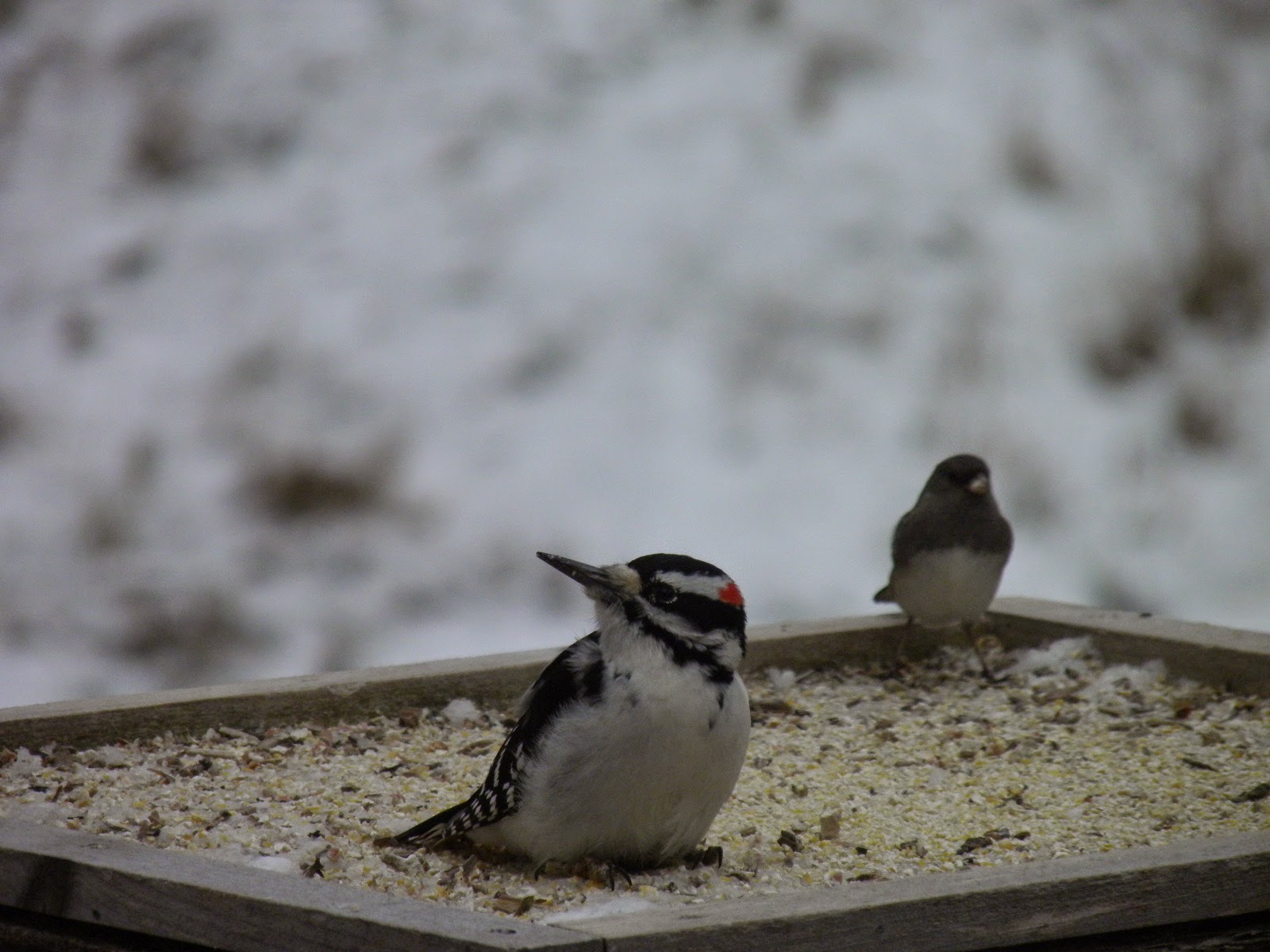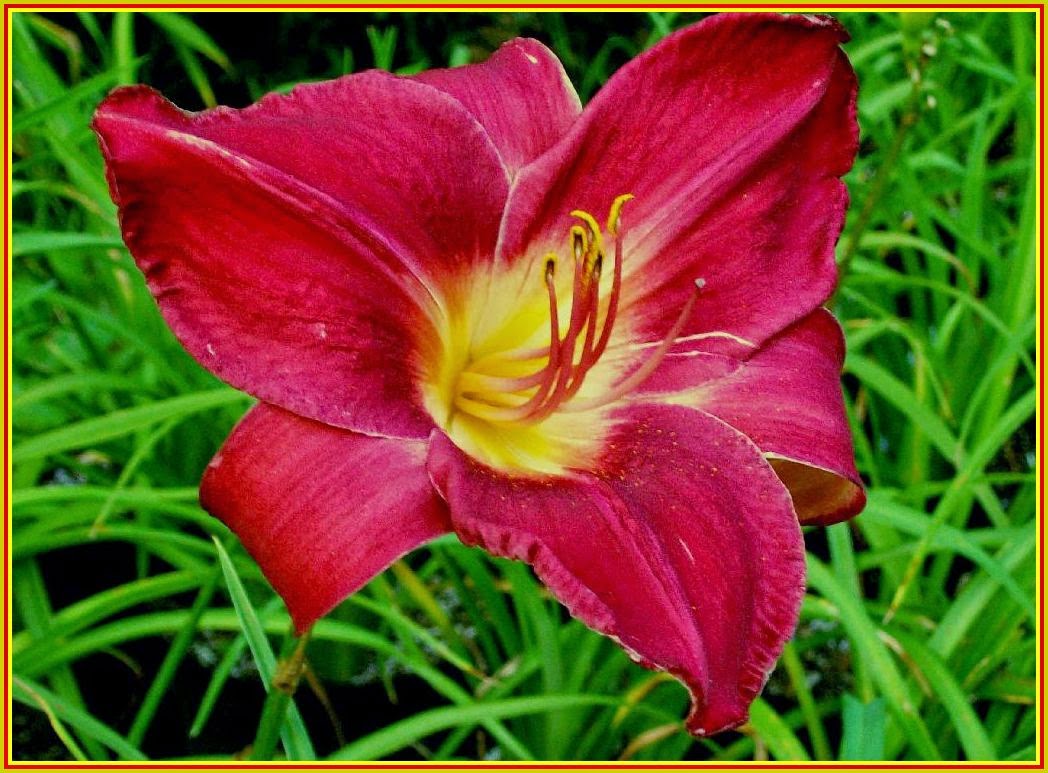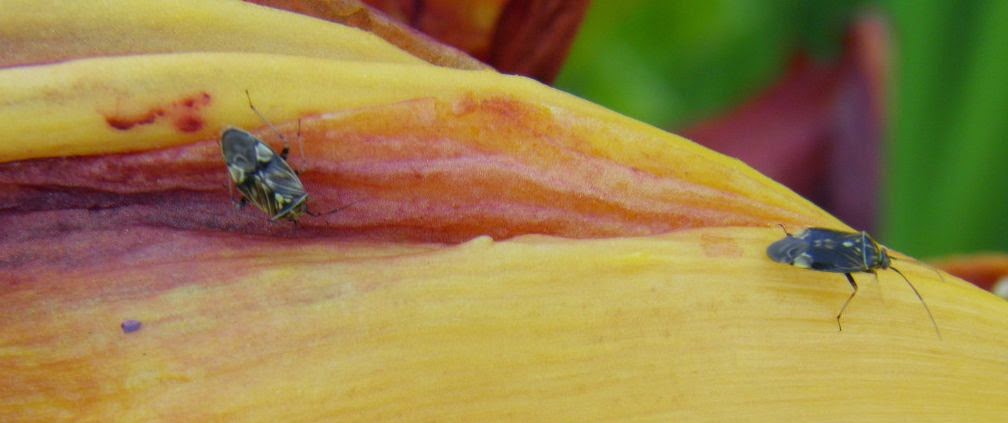Sunday, November 30, 2014
Too early to be awake yet but Karl the Wonder Dog heard something outside and he was possessed to identify the problem. Naturally when the event was over, he returned to slumber in front of the wood stove and I remain wide awake. That can happen with life in rural Vermont where I think most black bears have gone into hibernation this week. Whitetail deer come to the bird feeders many nights to clean up under them and sometimes actually stand on their hind feet and eat the cracked corn and sunflower seed from the platform feeders.
Regardless of a solstice type confirmation, winter is here. It's 21.3° right now with a 5 mph wind. Yesterday was the lowest temperature of the season and it was 5.1°. We have a small weather change coming that is a bit behind schedule as we expected freezing rain by midnight but it hasn't warmed enough yet. Winds into the 25 mph range will be here by lunch time with temperatures rising to 35° to 40° and we aren't sure of the final outcome as weather forecasts keep changing.
Our growing season has long been over and fall clean up is essentially finished. No....sort of finished. Of course there is plenty of work to do at the flower farm but not until we clean up all the messes here at the house that resulted from bringing various items back home. I always say it would be nice to have duplicates of everything we need at both places but that's not possible.
Wednesday's snow should be melted down by noon today and I plan to get down to the flower farm and cut some curly willow. I saw a couple really neat holiday wreaths, one on Pinterest and one on Houzz. I belong to both of those social media sites because they give excellent ideas and good images makes replicating designs that much easier. At some point you might see some of my pictures as I use the same The Vermont Gardener name on my social media interchanges.
One thing I am especially happy with is how well Alex and I managed to get the daylily fields cleaned up this fall. Alex cut down all the old scapes and leaves and pulled as many weeds as he could. Then we rototilled between the rows and spread shredded leaves about 6" deep between them.We were fortunate to receive several truck loads of wood chips from a utility line clean up and we spread them on top of the leaves in some places and directly onto the newly tilled areas in other. Wood chips are not as good to use as they require longer to decompose and that process draws lots of nitrogen out of the soil. Just the same, after three years our clay soil is always better for it and to that end I don't mind adding some fertilizer to compensate for the loss. I have had a logging project going on at the house for a month now and since I have my own tractor and wood chipper, I'll chip lots of limbs come spring and finalize what we started this fall.
As snows deepen, consider feeding the birds if you have never done this before. It's a great hobby and offers a different understanding of what birds winter in your area. Cornell University has a great website for birding and their
All About Birds is a place to start. The Audubon Society Christmas Bird Count starts in a couple weeks and that's another way to encourage yourself to get organized with reference books, websites and binoculars. Vermont winters can seem long at times but birds at the feeders or walks in the woods can shorten the time until spring. It also can teach you what birds eat and what flowers you might consider adding to your gardens next spring to become a more bird friendly gardener. Think about it!
Just heard some noise on the windows and notice the storm has started. The sound annoyed Karl again and he wants to go out so I have to get going. Have a nice Sunday. If you have any gardening questions, send us an email. Remember: We're always here to help you grow your green thumb!
Writing from the mountain above Peacham Pond where the temperature has risen to 24.5° with the wind still at 5 mph.
George Africa
The Vermont Gardener
On Facebook as George Africa and also as Vermont Flower Farm and Gardens
On Twitter as vtflowerfarm
On Pinterest as The Vermont Gardener board
#vermont; #gardenchat; #agchat; #birds; #birding; #ChristmasBirdCount;

































